Japan, a land renowned for its rich cultural heritage and natural beauty, has long been a haven for travelers seeking tranquility and rejuvenation. Among its many treasures, the onsen—or natural hot spring—stands out as a symbol of serenity and well-being. With over 27,000 natural hot spring sources, Japan offers a unique experience that draws visitors from around the globe. However, the surge in tourism has brought with it a new set of challenges, threatening the very essence of what makes onsens so special.
The Allure of Onsens
Onsens are more than just hot springs; they are a cultural phenomenon deeply rooted in Japanese tradition. These natural pools, heated by geothermal energy, are believed to offer a range of health benefits, from relieving mental stress and muscle tension to improving skin conditions. The experience of soaking in an onsen is often described as a form of meditation, a way to connect with nature and oneself. This unique blend of relaxation and wellness has made onsens a sought-after destination for both domestic and international tourists.
The Impact of Overtourism
While the popularity of onsens is a testament to their allure, it has also led to significant challenges. One of the most pressing issues is the strain on water supplies. Ureshino, a picturesque onsen town nestled in the mountains of Saga Prefecture on the island of Kyushu, is a prime example. Once a hidden gem for domestic tourists, Ureshino has seen a dramatic increase in visitors, particularly from international travelers. This surge has led to a significant drop in the water levels of its hot springs.
According to local officials, the average water level at Ureshino's supply dropped to a record low of 39.6 meters (130 feet) at one point last year, a 20% decrease compared to the 50-meter (160 feet) level recorded four years ago. This alarming decline has prompted local authorities to take action, urging hotels and ryokans (traditional Japanese inns) to limit the use of private in-room baths, especially during late-night hours.
The Preference for Privacy
The demand for private onsens is particularly high among international tourists. Unlike communal onsens, which require visitors to bathe naked—a custom that many foreigners find uncomfortable—private onsens offer a more secluded experience. While entry fees for communal onsens can be as low as $3, many tourists are willing to pay a premium, sometimes hundreds of dollars, for the privacy and comfort of a private bath in their hotel rooms. This preference has led to an increased demand for water, further straining the already limited supply.
A Call for Conservation
Mayor Daisuke Murakami of Ureshino has emphasized that despite the challenges, the town's onsen sources remain sustainable. However, he also stressed the need for conservation measures, stating, "We recognize that Ureshino City relies on tourism, so we must make every effort to protect it. In doing so, we will not hesitate to take any necessary measures". This call for conservation is echoed by researchers and local officials across Japan, who are urging the tourism industry to adopt more sustainable practices.
Beyond Ureshino: A Wider Crisis
Ureshino is not alone in facing the challenges of overtourism. Other popular onsen towns, such as Niseko on the northern island of Hokkaido, have also experienced a significant drop in water levels. According to Akihiro Otsuka of the Chuo Onsen Research Institute, the increase in tourists has led to an expansion of hotels and larger facilities, further exacerbating the problem. In Niseko, the water supply level has dropped by 15 meters (49 feet) in the past three years.
The Role of Aging Infrastructure
Tourism is not the only factor contributing to the water shortage crisis. According to Otsuka, corroded pipes and aging pumping infrastructure are also to blame for the unnecessary loss of water. Many onsen areas are struggling with outdated facilities that have not been properly maintained, leading to inefficiencies and waste. Addressing these infrastructure issues is crucial for the long-term sustainability of Japan's onsens.
Overcrowding and the Need for Regulation
Even onsens that are not currently facing water shortages are dealing with the first symptom of overtourism: overcrowding. Ginzan Onsen, a scenic hot spring town in the Yamagata region, has implemented measures to limit the number of day trippers during the winter peak season. This move is aimed at minimizing the impact on local residents and preserving the town's tranquil atmosphere. Visitors without bookings at local hotels are now required to purchase tickets and use shuttle buses to enter the town after 5 p.m..
The Way Forward
The situation in Ureshino and other onsen towns highlights the urgent need for sustainable tourism practices. Local authorities, hoteliers, and tourists alike must work together to ensure that the unique experience of onsens can be enjoyed by future generations. This may involve adopting more efficient water usage practices, investing in modern infrastructure, and promoting awareness about the importance of conservation.
For travelers, the allure of onsens remains strong. However, it is essential to approach these experiences with a sense of responsibility and respect for the local environment and communities. By choosing to support sustainable tourism initiatives and being mindful of their impact, visitors can help preserve the serenity and beauty of Japan's onsens for years to come.
In the face of overtourism, Japan's onsen towns are at a crossroads. The challenge is to balance the economic benefits of tourism with the need to protect and conserve these natural treasures. It is a delicate balance, but one that is essential for the future of Japan's iconic hot springs. As the world continues to seek out the zen experience of onsens, it is up to all of us to ensure that these sacred waters continue to flow, offering a moment of peace and reflection in an increasingly hectic world.

By Lily Simpson/Apr 6, 2025
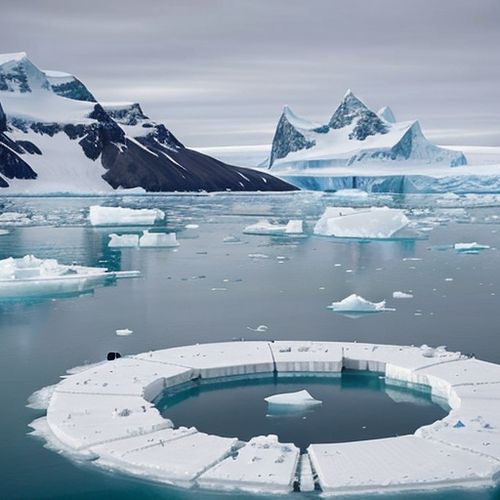
By William Miller/Apr 6, 2025

By Joshua Howard/Apr 6, 2025
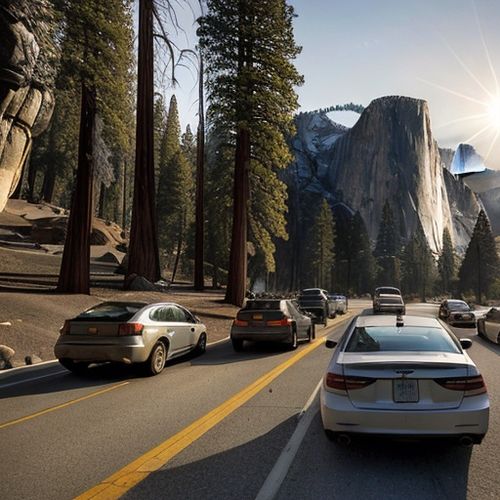
By Christopher Harris/Apr 6, 2025
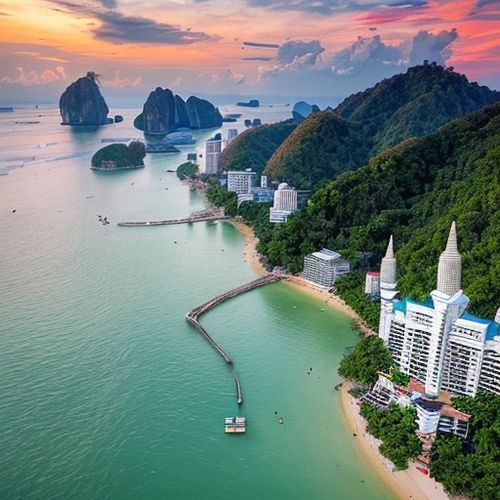
By Jessica Lee/Apr 6, 2025
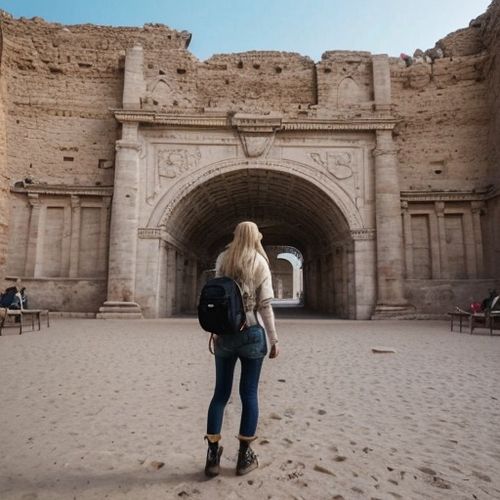
By Benjamin Evans/Apr 6, 2025

By Michael Brown/Apr 6, 2025

By Olivia Reed/Apr 6, 2025
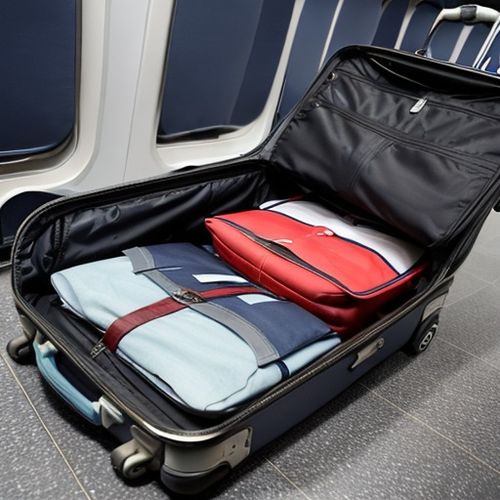
By Victoria Gonzalez/Apr 6, 2025
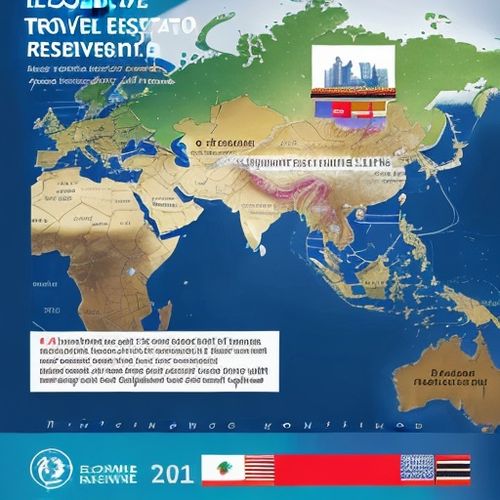
By Christopher Harris/Apr 6, 2025
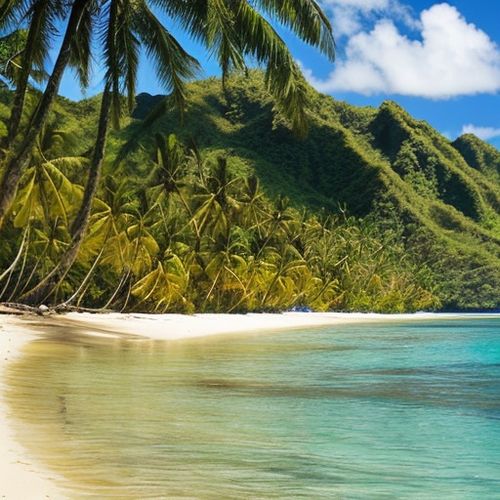
By Emily Johnson/Mar 31, 2025
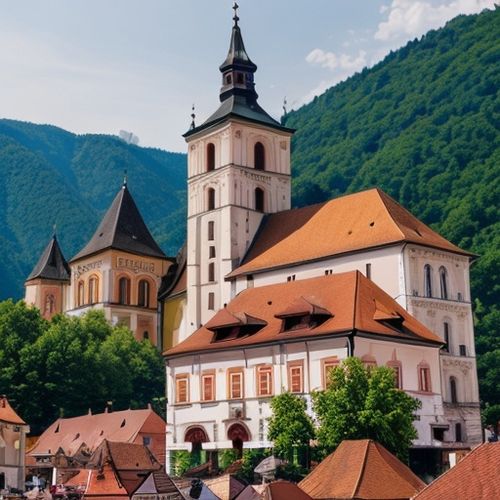
By Emily Johnson/Mar 31, 2025
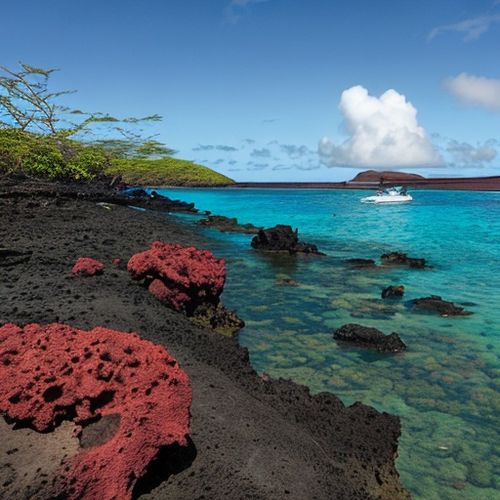
By John Smith/Mar 31, 2025
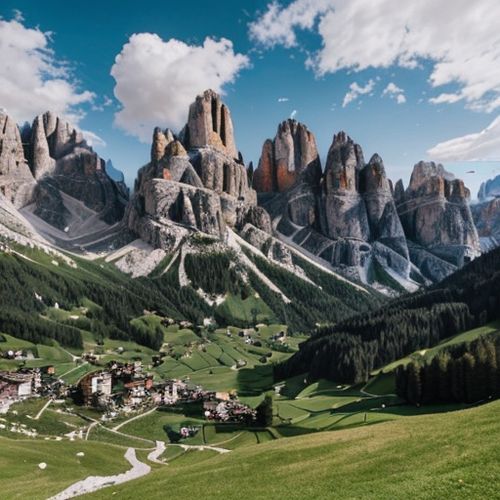
By Emily Johnson/Mar 31, 2025
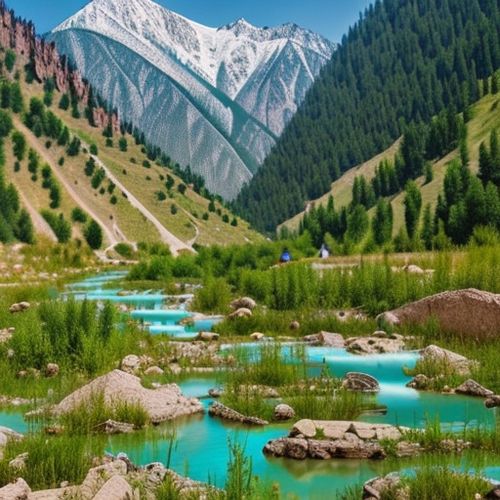
By Amanda Phillips/Mar 31, 2025
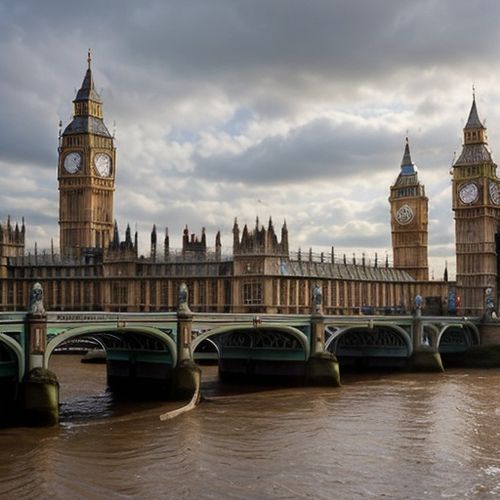
By Victoria Gonzalez/Mar 31, 2025
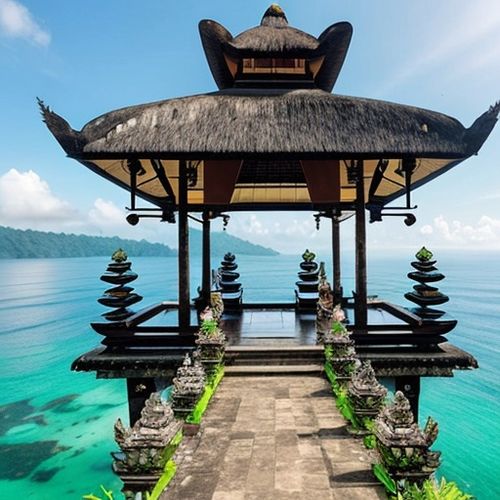
By Noah Bell/Mar 31, 2025

By Sarah Davis/Mar 31, 2025
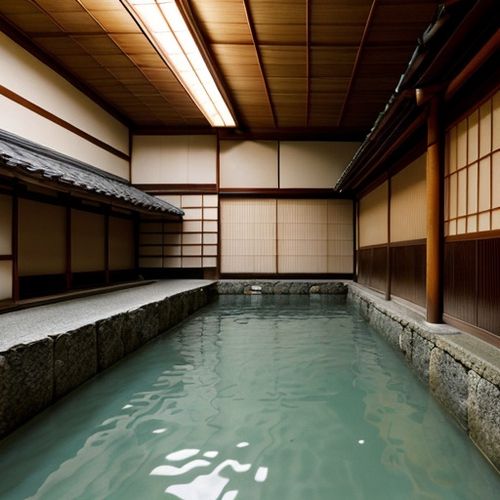
By Laura Wilson/Mar 31, 2025
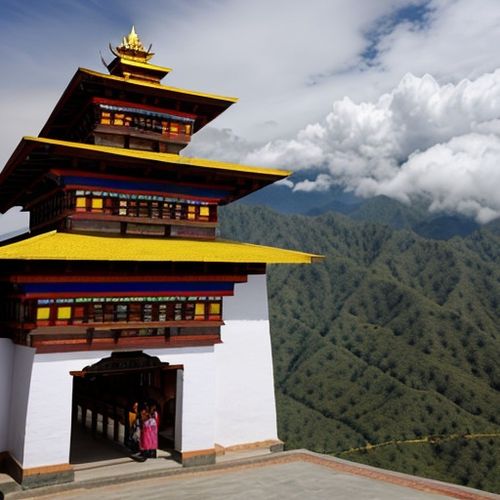
By Sarah Davis/Mar 31, 2025